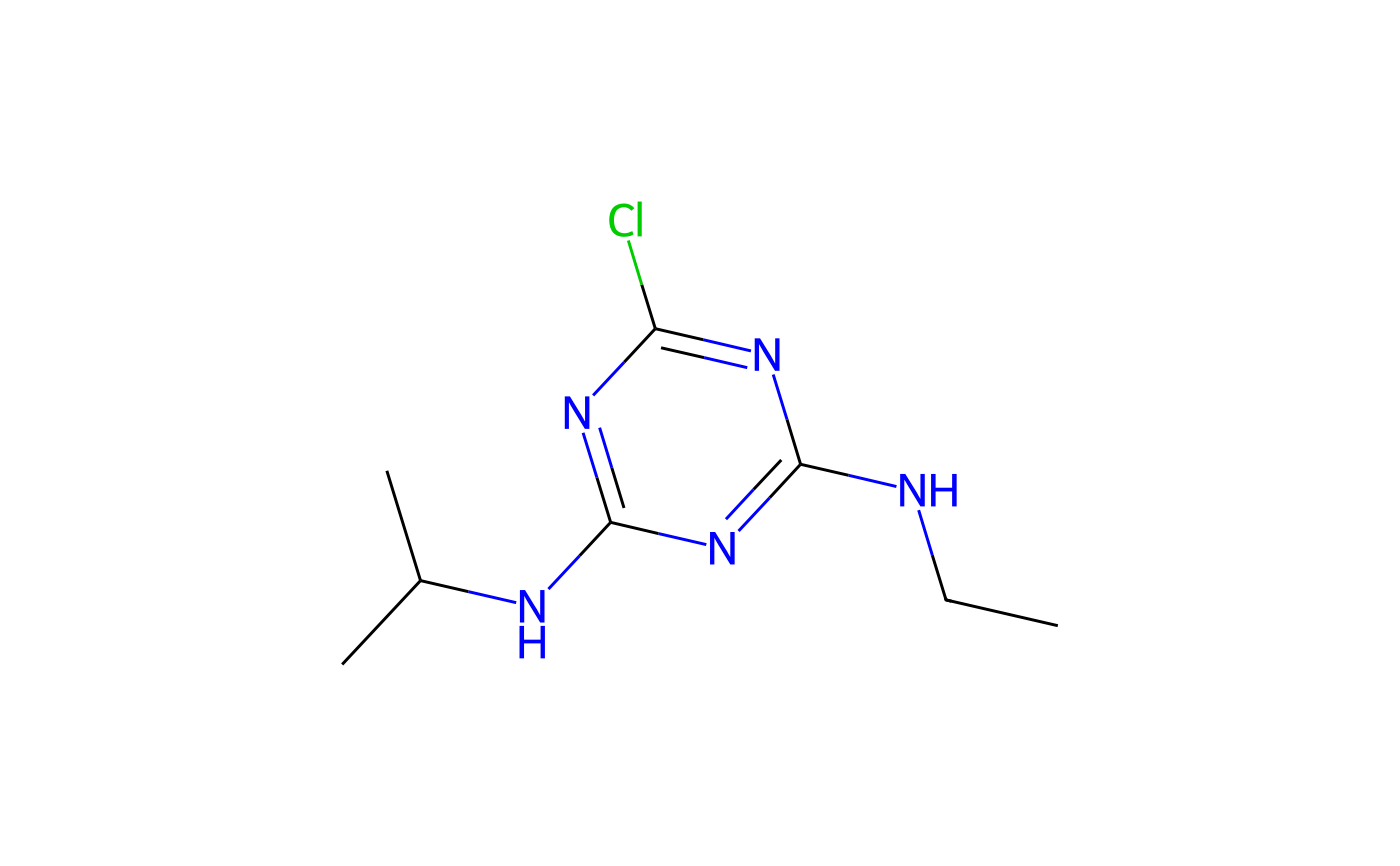The class is initialised with an identifier which is generally an ISO common name. Additional chemical information is retrieved from the internet if available.
Format
An R6Class generator object
Super class
chents::chent -> pai
Public fields
isoISO common name according to ISO 1750 as retreived from pesticidecompendium.bcpc.org
bcpcList of information retrieved from pesticidecompendium.bcpc.org
Methods
Public methods
Inherited methods
Method new()
Usage
pai$new( iso, identifier = iso, smiles = NULL, smiles_source = "user", inchikey = NULL, inchikey_source = "user", bcpc = TRUE, pubchem = TRUE, pubchem_from = "auto", rdkit = TRUE, template = NULL, chyaml = TRUE )
Method clone()
The objects of this class are cloneable with this method.
Usage
pai$clone(deep = FALSE)
Arguments
deepWhether to make a deep clone.
Examples
# On Travis, we get a certificate validation error, # likely because the system (xenial) is so old, # therefore don't run this example on Travis if (Sys.getenv("TRAVIS") == "") { atr <- pai$new("atrazine") print(atr) if (!is.null(atr$Picture)) { plot(atr) } }#>#>#> #>#>#> <pai> with ISO common name $iso atrazine #> <chent> #> Identifier $identifier atrazine #> InChI Key $inchikey MXWJVTOOROXGIU-UHFFFAOYSA-N #> SMILES string $smiles: #> PubChem_Canonical #> "CCNC1=NC(=NC(=N1)Cl)NC(C)C" #> Molecular weight $mw: 215.7 #> PubChem synonyms (up to 10): #> [1] "atrazine" "1912-24-9" "Gesaprim" "Oleogesaprim" "Chromozin" #> [6] "Aktikon" "Atrazin" "Argezin" "Atazinax" "Atranex"
